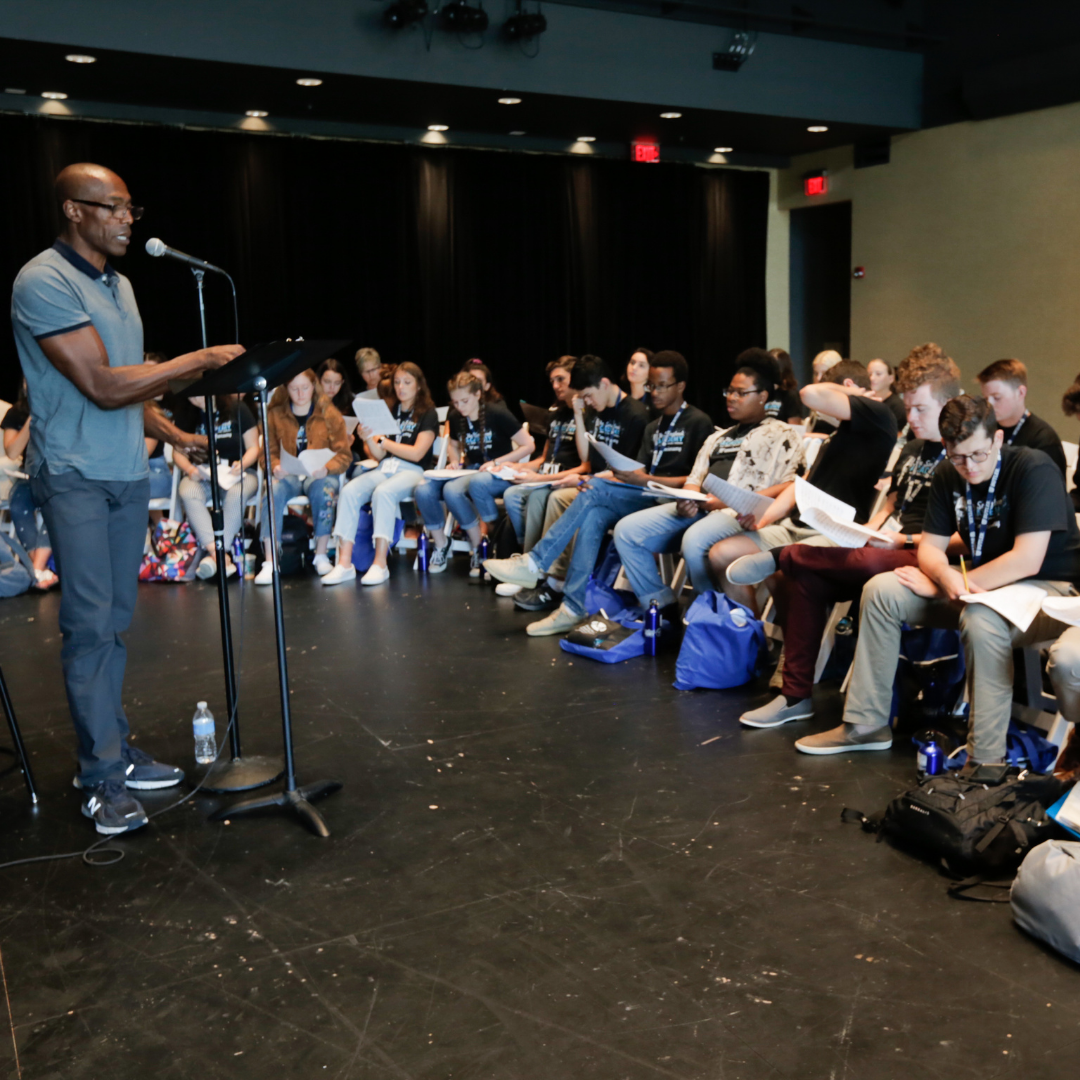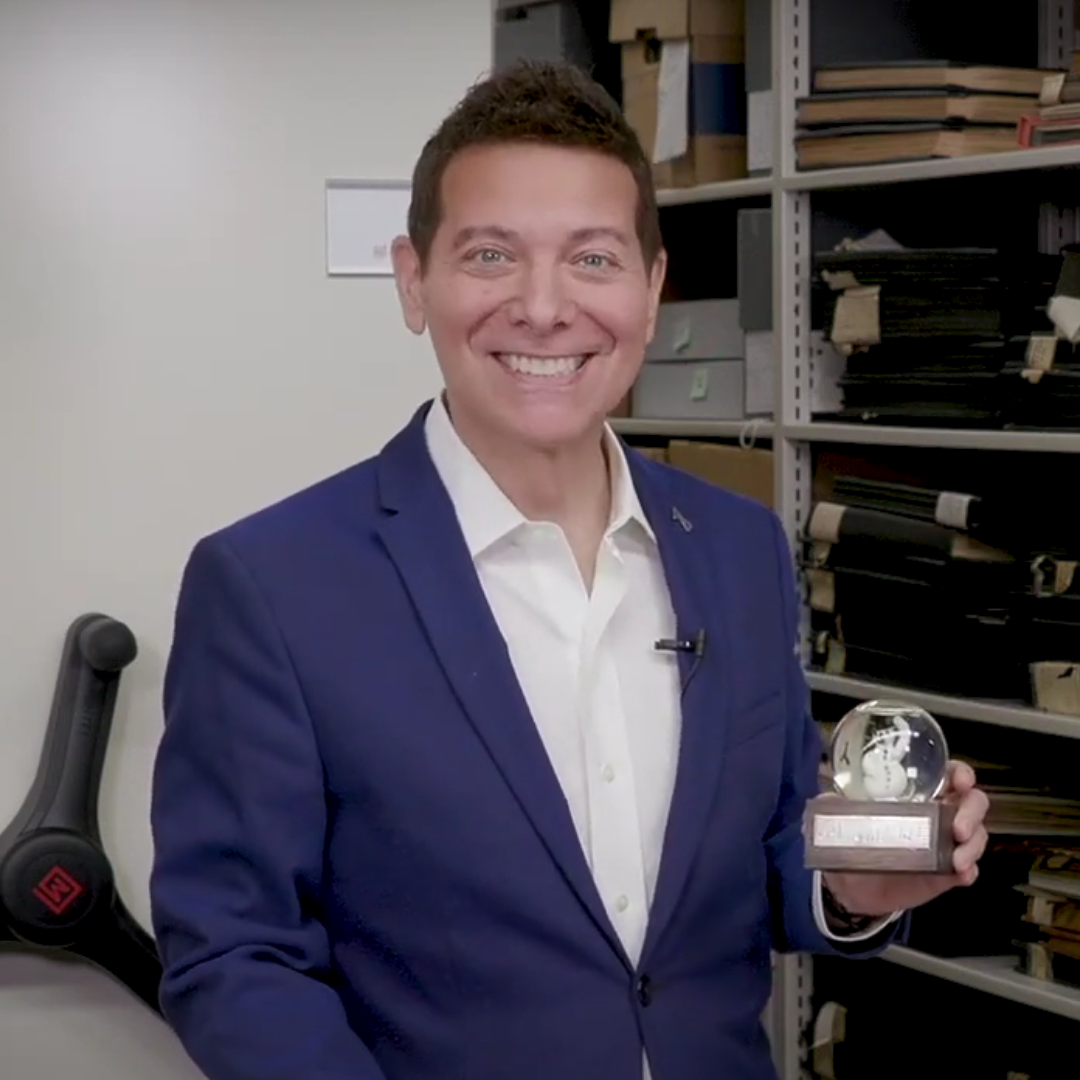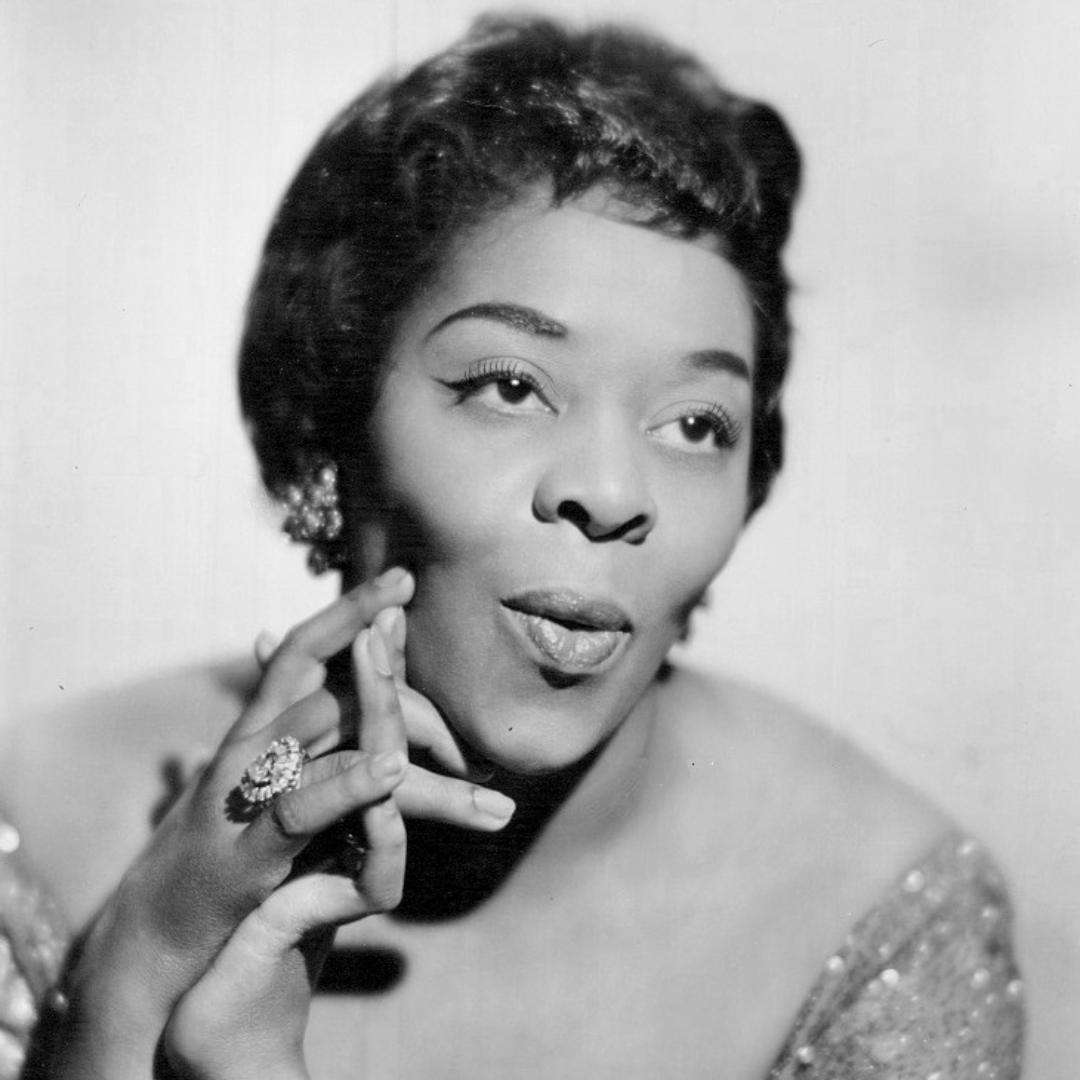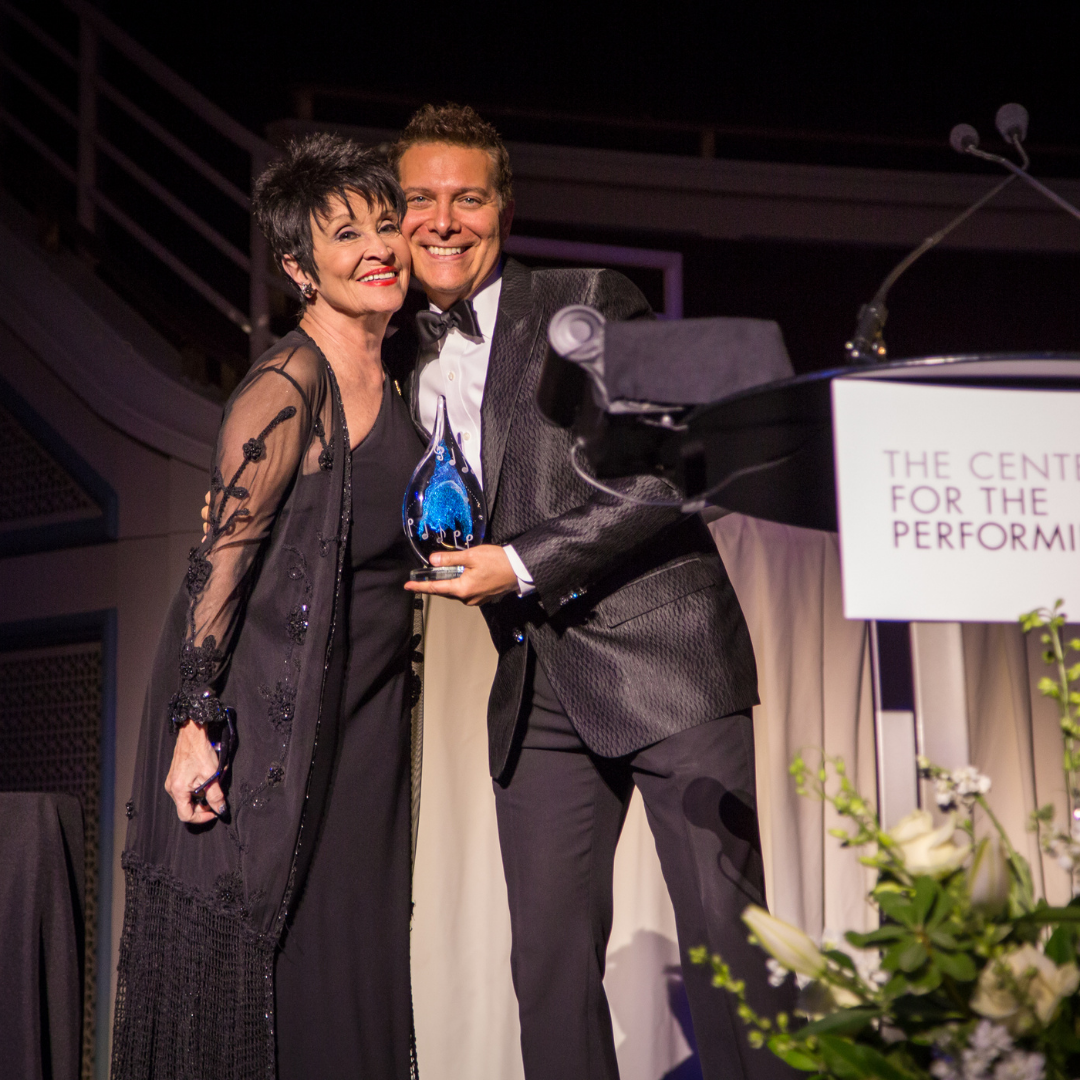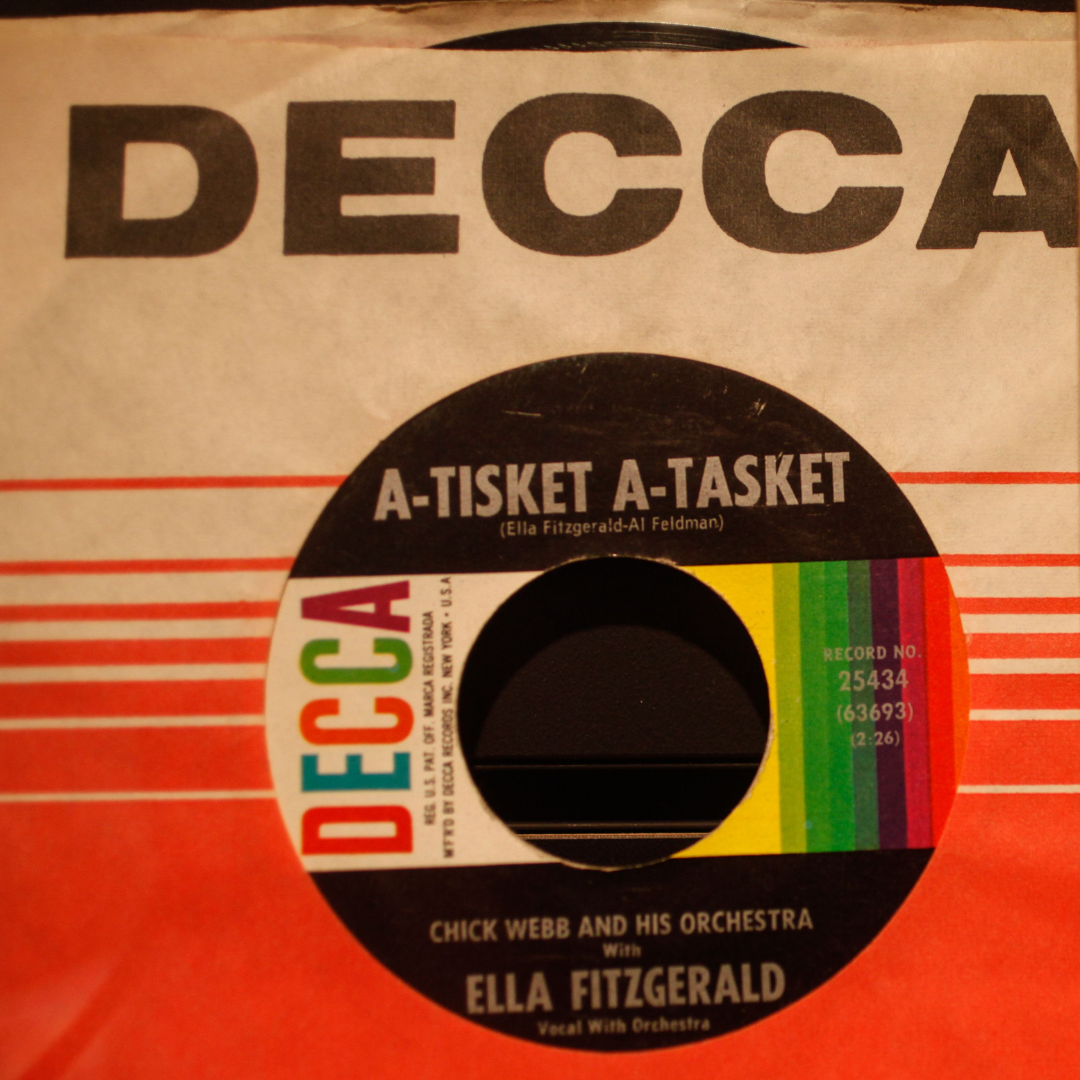Taylor Swift: A New Chapter in the American Songbook
October 23, 2024
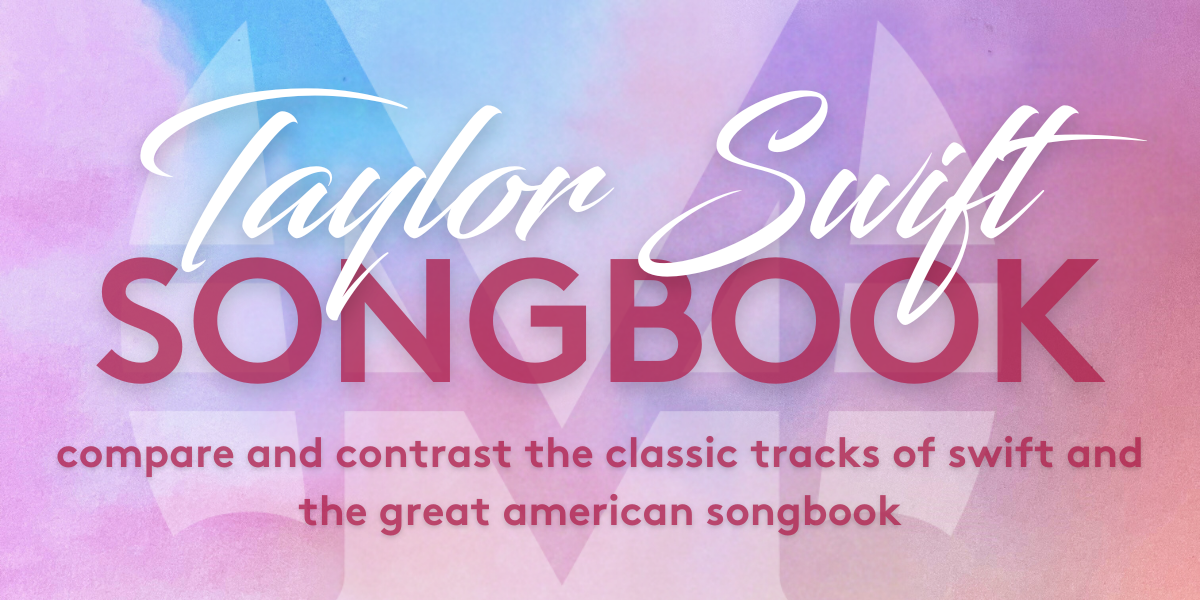
Welcome to Taylor Swift: A New Chapter in the American Songbook, an exploration of how one of today’s most influential artists builds upon the rich legacy of American popular music. In this blog, we’ll examine how Swift’s songwriting reflects the timeless themes found in the Great American Songbook—love, heartbreak, and self-discovery—while bringing a fresh perspective to these enduring narratives. From Frank Sinatra to Taylor Swift, the music that moves us continues to evolve, proving that the Songbook is a living, breathing part of American culture.
The Great American Songbook: A Living Tradition

The Great American Songbook refers to a body of influential American popular songs, with its foundational period spanning from the early 20th century through the 1960s. This era saw the rise of legendary composers like George Gershwin, Duke Ellington, Dorothy Fields, and performers like Frank Sinatra, Ella Fitzgerald, Judy Garland, who brought these songs to life. However, the Songbook is not limited to these decades—its legacy continues to evolve. Contemporary artists and composers have added to this canon, crafting new standards that resonate with audiences across generations.
What ties these songs together, regardless of the time they were written, is their lasting emotional depth, lyrical sophistication, and ability to reflect the human experience. Like the songs of yesteryear, today’s contributions to the Songbook carry forward its tradition of storytelling and timeless musicality.
Taylor Swift’s Evolution as a Storyteller

Taylor Swift’s journey mirrors this tradition of sophisticated songwriting. Starting in country music and evolving into pop, folk, and alternative genres, Swift has always maintained a focus on storytelling, a hallmark of Songbook standards. Her lyrics, like those of the Songbook, often explore themes of love, heartbreak, and self-reflection, making her songs relatable across generations. As her music matured, Swift expanded her narratives into more complex emotional terrain, as exemplified in albums like folklore and evermore.
Example Connection:
"Cornelia Street" (Taylor Swift)
"The Folks Who Live on the Hill" (Jerome Kern and Oscar Hammerstein II)
*Peggy Lee’s favorite song
Comparison: Both songs link memory and place with deep emotional resonance, reflecting how personal stories can be told through seemingly simple yet profound metaphors
The Role of Lyrics: Then and Now
The American Songbook is known for lyrics that pair conversational tones with poetic flourishes. Just as Cole Porter or Ira Gershwin penned witty, heartfelt lyrics, Taylor Swift has been lauded for her sharp, emotionally intelligent songwriting. Swift’s ability to capture specific moments and emotions mirrors the lyrical sophistication of standards like "The Way You Look Tonight" or "My Funny Valentine."
Example Connection:
"The Man" (Taylor Swift)
"Anything Goes" (Cole Porter)
Comparison: Both songs critique societal norms in their own way. Porter’s song gleefully celebrates the breaking of conventions, while Swift critiques the double standards of gender, making them both culturally relevant to their time.
The Artist as a Cultural Icon
Artists like Frank Sinatra, Ella Fitzgerald, and Judy Garland became cultural icons not only because of their musical talents but also because they tapped into the broader social currents of their times. In a similar way, Taylor Swift’s impact on the modern music industry transcends her role as a singer-songwriter. She has reshaped the industry by advocating for artists' rights and ownership, much like Sinatra did when he broke free from the constraints of the studio system to form his own label, Reprise Records, in 1960.

Taylor has also redefined what it means to have creative control in the modern age. Through her re-recordings of her earlier albums (Taylor’s Version), Swift has asserted the importance of owning one’s work, a move that resonates with her fans and the industry as a whole, echoing the lasting influence that Songbook artists have had in shaping their eras.
Genre Blending: A New Kind of Standards
The American Songbook is defined by its adaptability. Many of its songs have become jazz standards or are reinterpreted across different genres. Taylor Swift similarly crosses genres, moving from country to pop to alternative. Her albums folklore and evermore are akin to the standards of old, blending storytelling with folk influences and alternative sounds, while Midnights brings in synth-heavy pop, showing her versatility much like classic Songbook songs that evolved in countless renditions.
"willow" (Taylor Swift)
"That Old Black Magic" (Frank Sinatra)
Comparison: Both songs reflect a sense of enchanting, mystical love, where the allure and unpredictability of romance are at the forefront, showcasing how both eras lean into timeless romantic themes.
Timelessness and Legacy

The most enduring songs from the American Songbook, such as "Over the Rainbow" and "Unforgettable," have stood the test of time because they are about universal human experiences. Taylor Swift's work is following a similar trajectory. Songs like "All To Well" and "Invisible String" have the kind of lyrical depth and emotional relatability that could see them revisited and reinterpreted in the future, much like the classics from the Songbook's foundational era.
As future generations return to Swift's music, her songs could be reimagined in the way Songbook standards were transformed by jazz performers, orchestras, and film scores. Swift’s music, with its nuanced exploration of love, memory, and self, fits seamlessly into this tradition of songs that endure not only because of their musicality but because they speak to the human condition.
Impact on Modern Music
Taylor Swift’s influence on modern music extends beyond her immense popularity and commercial success—she has redefined the art of storytelling in the pop landscape. Like the legendary songwriters of the American Songbook, Taylor crafts songs that connect deeply with listeners through emotional authenticity and rich narratives. A prime example of this is found on her folklore album, where she writes a trio of songs—“betty,” “august,” and “cardigan”—that tell the same love triangle story from three different perspectives. This kind of narrative craftsmanship mirrors the storytelling traditions of the Songbook, where many classic songs told intricate stories of love, heartache, and redemption.
By weaving this multilayered narrative, Taylor invites her audience to engage with her songs not just as isolated moments but as part of a larger tapestry of interwoven stories. This approach of linking songs into a broader narrative echoes the lyrical complexity and depth that can be found in some of the timeless works from the American Songbook, such as the work of Cole Porter or Rodgers and Hammerstein. These artists also created story-driven pieces that could stand alone or come together to form cohesive, emotional arcs, much like Taylor does in her modern albums.
Taylor’s innovation lies in her ability to maintain this narrative richness while experimenting with new sounds and genre blends, influencing a new generation of songwriters who aspire to combine introspective lyrics with pop sensibility. Her focus on creating cohesive, album-length experiences, especially on folklore and evermore, recalls the era of concept albums and song cycles, thus solidifying her as a key figure in the continuation and evolution of American popular music.
Carrying the Torch Forward

Taylor Swift’s place in American popular music is secure not only because of her songwriting prowess but because she continues the tradition of storytelling, emotional depth, and cultural relevance that made the Great American Songbook so powerful. Like the iconic composers and performers of the 20th century, Swift’s work transcends its time, standing as a bridge between musical generations, ensuring that the timeless essence of American popular music continues to evolve.
Just as the classics of yesterday have been reimagined by countless artists, Swift’s songs are poised to become part of this continuing legacy. The Great American Songbook is not just history—it’s alive, growing, and being written every day by artists who, like Swift, have the power to make their music timeless.
Continue learning:
Take Our Taylor Swift Songbook Music Preferences Quiz and visit the Songbook Exhibit Gallery for an exclusive friendship bracelet Oct. 25 through Nov. 15!
Image Credits:
Eva Rinaldi, CC BY-SA 2.0 <https://creativecommons.org/licenses/by-sa/2.0>, via Wikimedia Commons
Reprise Records / Warner Bros. Records, Public domain, via Wikimedia Commons
Original: Taylor Swift / UMG Vector: SINGmeAsadSONG, Public domain, via Wikimedia Commons
The "folklore" album image is licensed under CC BY-NC-SA 2.0. To view a copy of this license, visit https://creativecommons.org/licenses/by-nc-sa/2.0/
Please note:
The Great American Songbook Foundation is a 501 (c)(3) non-profit organization located in Carmel, Indiana. Under Section 107 United States Copyright Law as noted by the United States Copyright Office (Copyright Act 1976), allowance is made for fair use of copyrighted artworks for purposes such as criticism, comment, news reporting, teaching, scholarship, and research. In accordance with such fair use, all copyrighted photos or artwork are used specifically and solely for nonprofit educational purposes of comment, teaching, scholarship and research. The Songbook Foundation's blog series is offered to the public free of charge and is entirely non-commercial in nature. Such fair use of these artworks for educational purposes under Section 107 of the Copyright Act of 1976 does no harm to the current market for the original artworks, and the inclusion of such artworks in this particular project can only increase value of said artworks and produce only positive effects for the artworks in their potential market.



